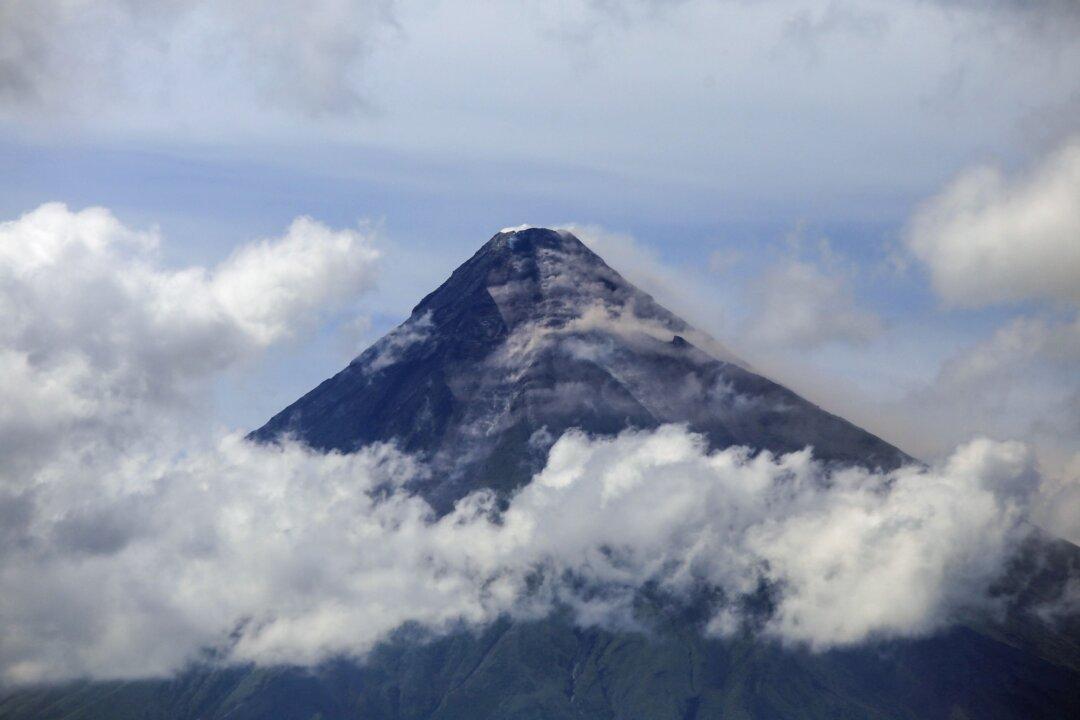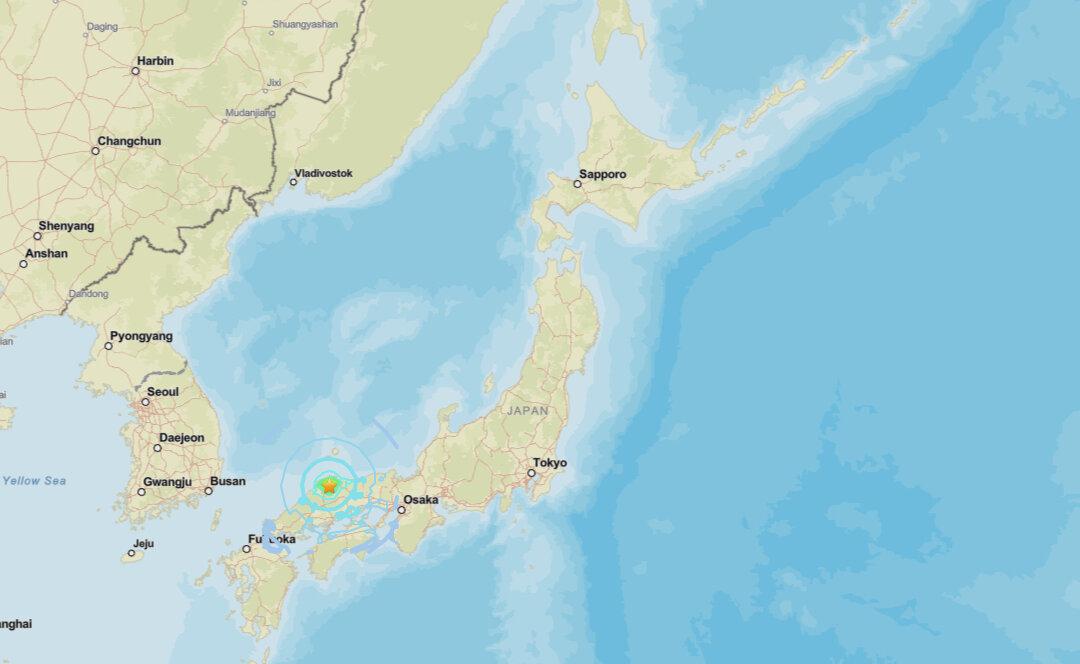Around 5,000 people might still be missing in the city of Palu, Central Sulawesi, more than a week after a massive quake and tsunami hit the Indonesian island, officials said on Oct. 7.
Most of the missing are buried under rubble and mud in the worst-hit areas in the city, Petobo and Balaroa, which were swallowed by liquefaction, a phenomenon when soil shaken by an earthquake behaves like a liquid, and hundreds of people are believed to have perished.




